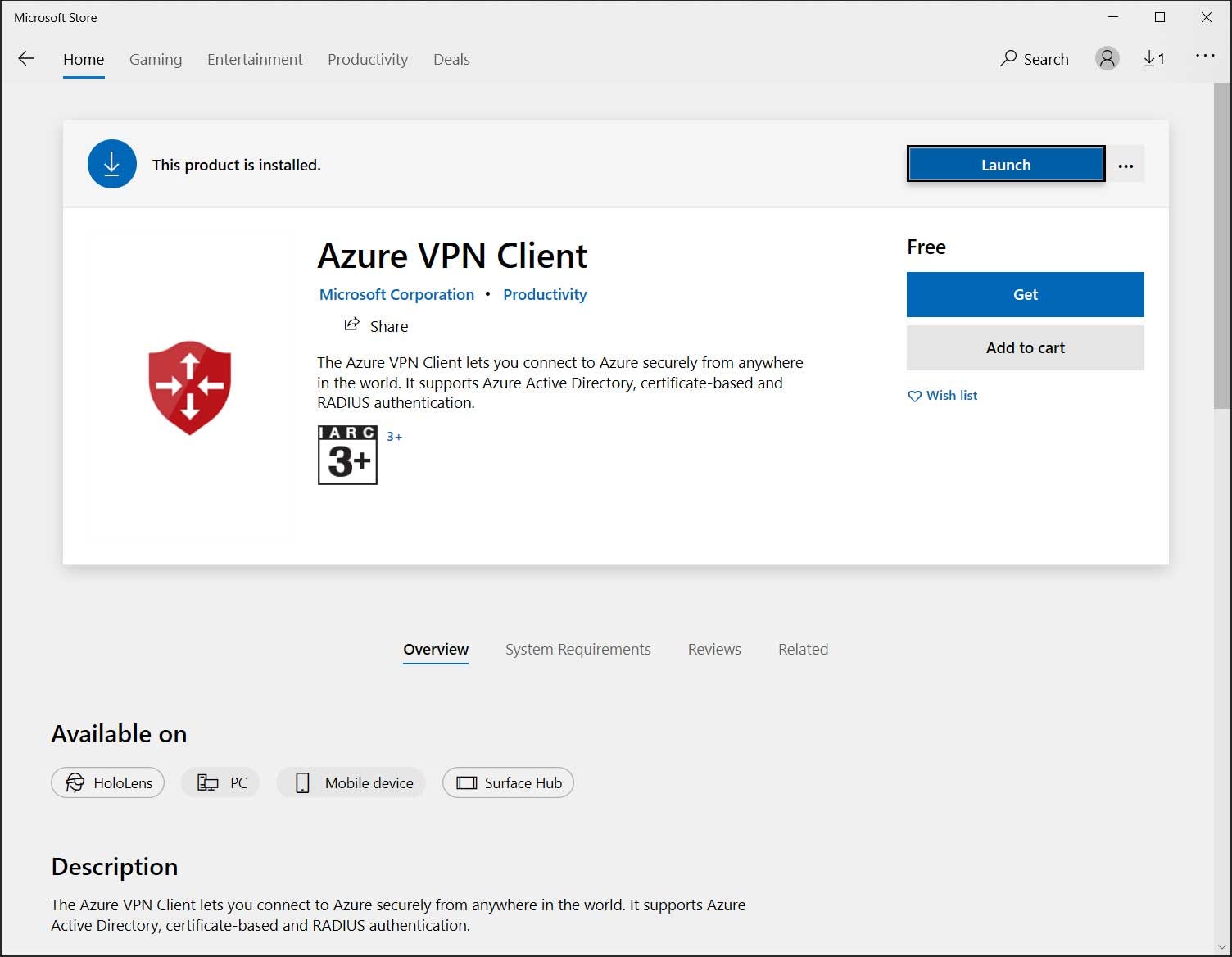This article helps you troubleshoot a VPN client to connect to a virtual network using Point-to-Site VPN and Azure Active Directory authentication.
Microsoft Vpn Client Not Connecting
Select the Start button, then select Settings Network & Internet VPN Add a VPN connection. In Add a VPN connection, do the following: For VPN provider, choose Windows (built-in). In the Connection name box, enter a name you'll recognize (for example, My Personal VPN).
View Status Log
View the status log for error messages.
- As part of device enrollment status page (ESP) tracking, Windows Autopilot and Intune can ensure that the needed VPN configuration is put in place before the user needs to sign in. Depending on the VPN client’s capabilities, this could be automatic or it might take an additional action by the end user to initiate the connection before logging.
- Thinking out the box the only suggestion I have is to try a 3rd party VPN manager to add your connections. There are various available from Fortinet and Cisco for example. The link below FortiClient VPN for Windows, and is free to use. I've personally used this client and found it to work without any issue and I believe it will sort the issue.
- The best of security apps - VPN Client PRO. Unlock and browse YouTube, Facebook, Netflix, etc. Use social networks from anywhere and stay in touch with your friends, relatives and colleagues. Exploit fastest VPN servers. Feel free to surf the internet with best VPN proxy. Protect your privacy by secure VPN Client PRO!
- In Windows-only shops, the Microsoft VPN Client for Windows is an always-available option and, with SCCM or other Microsoft-centric deployment and configuration management tools, one that is.
- Click the arrows icon at the bottom-right corner of the client window to show the Status Logs.
- Check the logs for errors that may indicate the problem.
- Error messages are displayed in red.


Clear sign-in information
Clear the sign-in information.
- Select the … next to the profile that you want to troubleshoot. Select Configure -> Clear Saved Account.
- Select Save.
- Try to connect.
- If the connection still fails, continue to the next section.
Run diagnostics
Run diagnostics on the VPN client.
Click the … next to the profile that you want to run diagnostics on. Select Diagnose -> Run Diagnosis.
The client will run a series of tests and display the result of the test
- Internet Access – Checks to see if the client has Internet connectivity
- Client Credentials – Check to see if the Azure Active Directory authentication endpoint is reachable
- Server Resolvable – Contacts the DNS server to resolve the IP address of the configured VPN server
- Server Reachable – Checks to see if the VPN server is responding or not
If any of the tests fail, contact your network administrator to resolve the issue.
The next section shows you how to collect the logs, if needed.
Collect client log files

Collect the VPN client log files. The log files can be sent to support/administrator via a method of your choosing. For example, e-mail.
Microsoft Vpn Client Windows 10

Click the “…” next to the profile that you want to run diagnostics on. Select Diagnose -> Show Logs Directory.
Windows Explorer opens to the folder that contains the log files.
Next steps
Microsoft Vpn Client Certificate
For more information, see Create an Azure Active Directory tenant for P2S Open VPN connections that use Azure AD authentication.